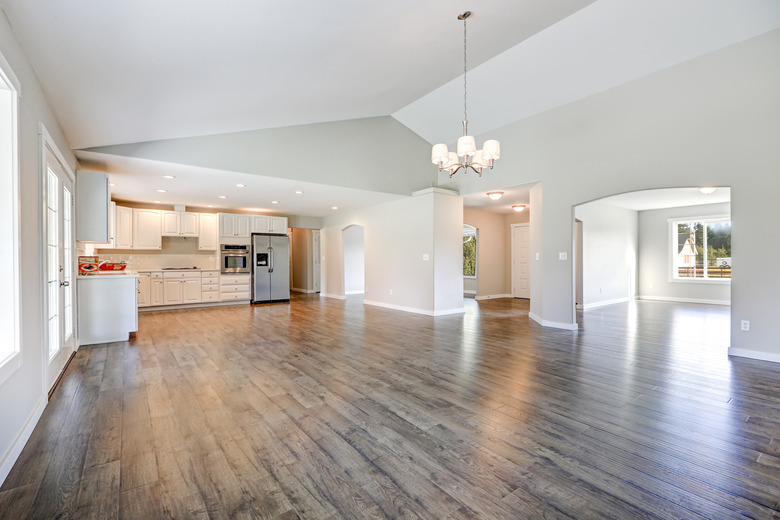There was a time back in the 80's and before when what we call engineered flooring was called Laminate because it was made of layers of wood glued together. Pergo was the first brand of a high- pressure laminate that I remember hitting the market. That is when I remember the names changing to engineered. Here is some information that I copied from a Google search.
----------------------------------------------
History[edit]
Laminate flooring was invented in 1977[
citation needed] by the Swedish company
Perstorp [
en], and sold under the brand name Pergo. They had been making floor surfaces since 1923. The company first marketed its product to Europe in 1984, and later to the United States in 1994. Perstorp spun off its flooring division as the separate company named Pergo, now a subsidiary of
Mohawk Industries.
[5] Pergo is the most widely known laminate flooring manufacturer, but the trademark
PERGO is not synonymous for all laminate floors.[
citation needed]
Glueless laminate flooring was invented in 1996 by the Swedish company Välinge Aluminium (now
Välinge Innovation) and sold under the names of Alloc and Fiboloc. However, a system for holding flooring panels together was also developed in parallel by the Belgian company
Unilin released in 1997 and sold under the name of
Quick-Step flooring [
nl].
The two companies have been in a great number of legal conflicts over the years, and today most, if not all glueless locking flooring is made under license from either Välinge, Unilin, or even a combination of both.
---------------------------------------------
Now that you have some scraps to test on, I have another suggestion. Try some paste shoe polish.
View attachment 456412
Mohawk has a wide variety of products that may help.
Mohawk Finishing Products (mohawkproducts.com)
![Image]()





